|
Annie
8/7/2018 06:52:59 pm
I cleared off my lawn earlier this summer and have been waiting for it to cool down and I am just itching to throw some seeds around. Any suggestions on what could survive and thrive in my newly amended soil? I have transplanted some succulents but I really want to start filling in with some flowers that will bring some color. I fear that we are all in a waiting period while the heat has its way with us, but perhaps you have some wisdom you could share. I welcome any suggestions you might have. Thank you!
Reply
8/7/2018 08:57:02 pm
Hi, Annie --
Reply
Sorrel Stielstra
8/15/2018 09:31:44 am
Hi-what kind of shade cloth do you use? I've been using old bed sheets to cover my plants, but I'd like to find something more suited to the garden.
Reply
8/15/2018 10:29:05 am
Hi, Sorrel --
Reply
Sorrel Stielstra
8/17/2018 09:30:29 pm
thank you!
rUTHIE Guest
6/12/2021 04:27:22 pm
I love my new purple leaf plum tree, so I bought 2 more & had them planted 1 month ago. What about the heat? They are about 6 ft. tall, but are new trees. I don't want to loose them.
Reply
Yvonne Savio
6/13/2021 11:31:03 am
Hi, Ruthie -- See my 6/11/21 blog for care to take NOW to enable trees to survive this first real heat -- https://www.gardeninginla.net/blog
Reply
Leave a Reply. |
Categories |
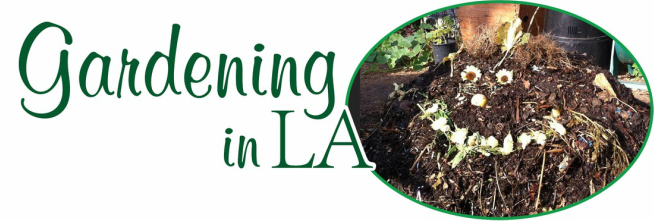
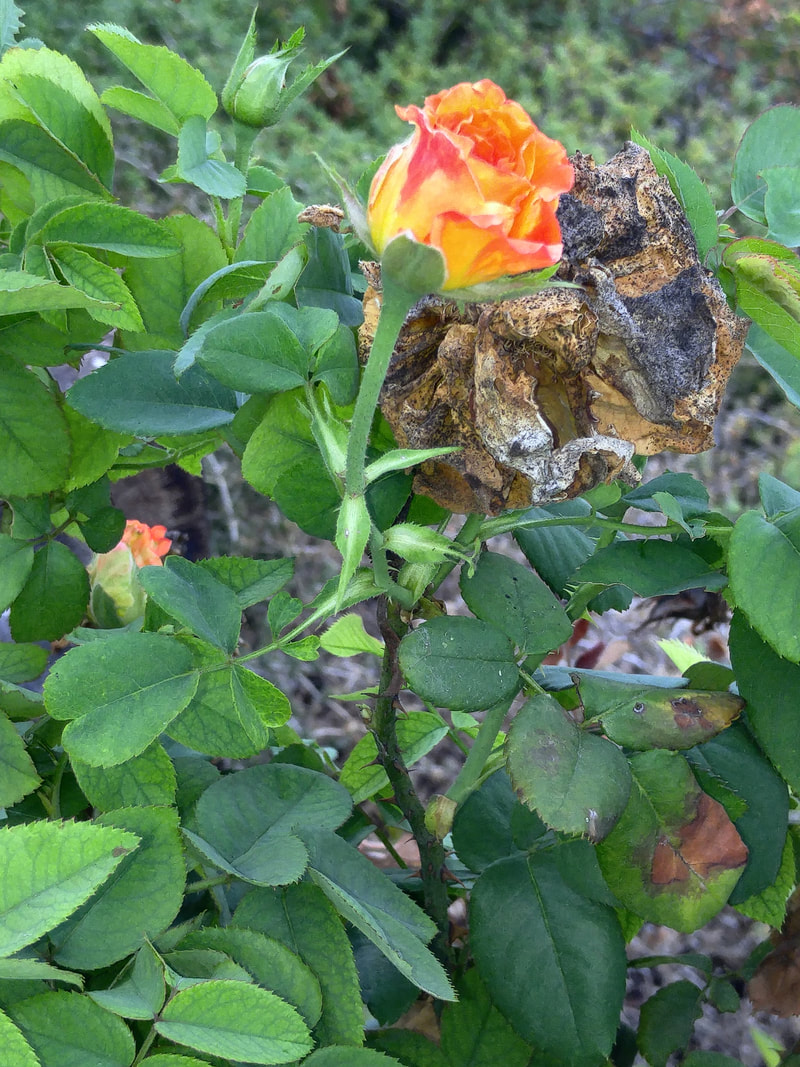
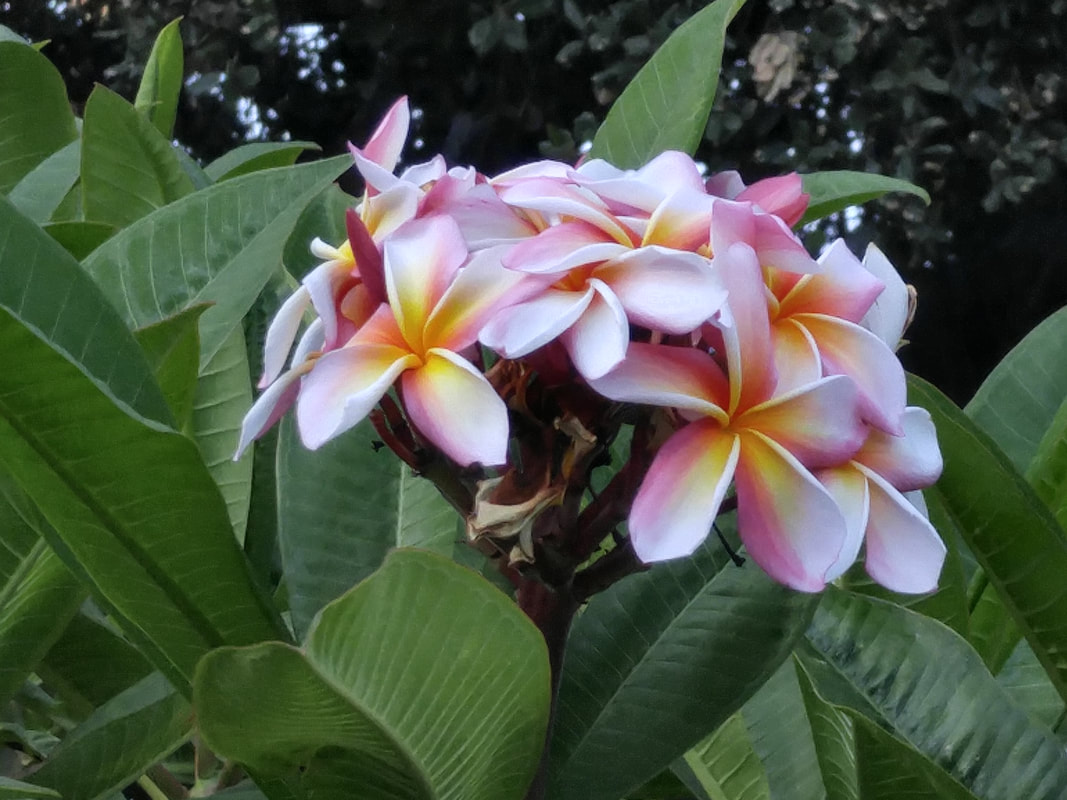
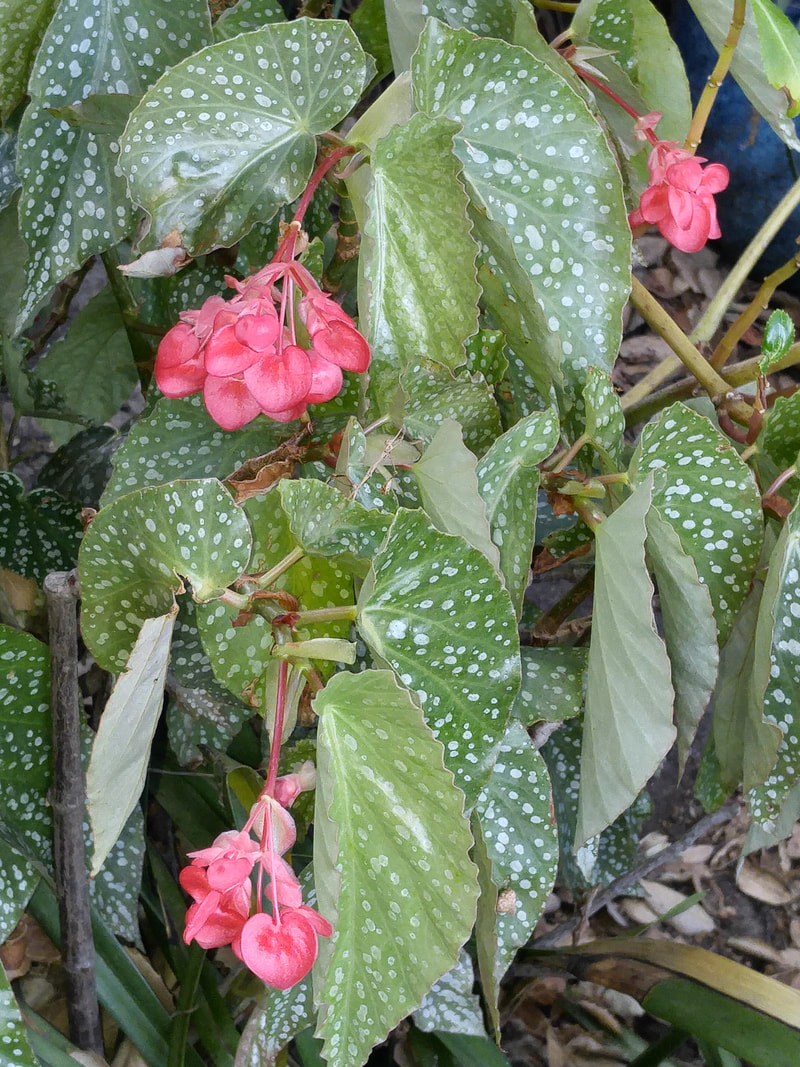
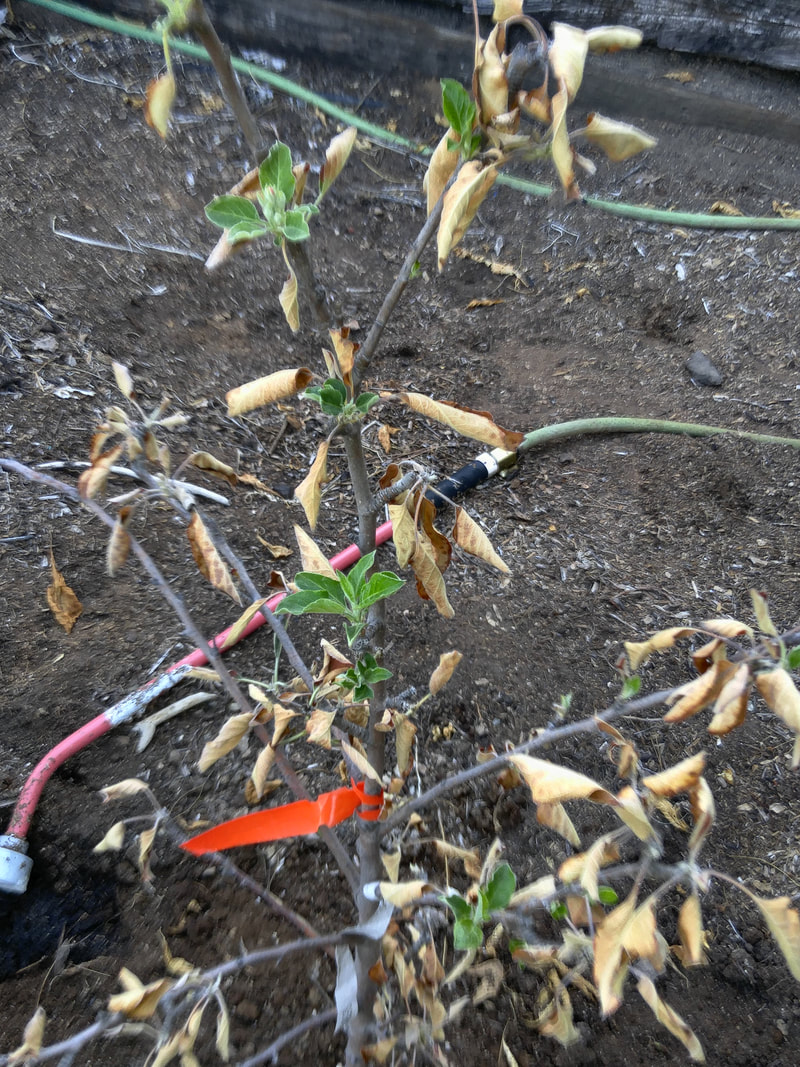
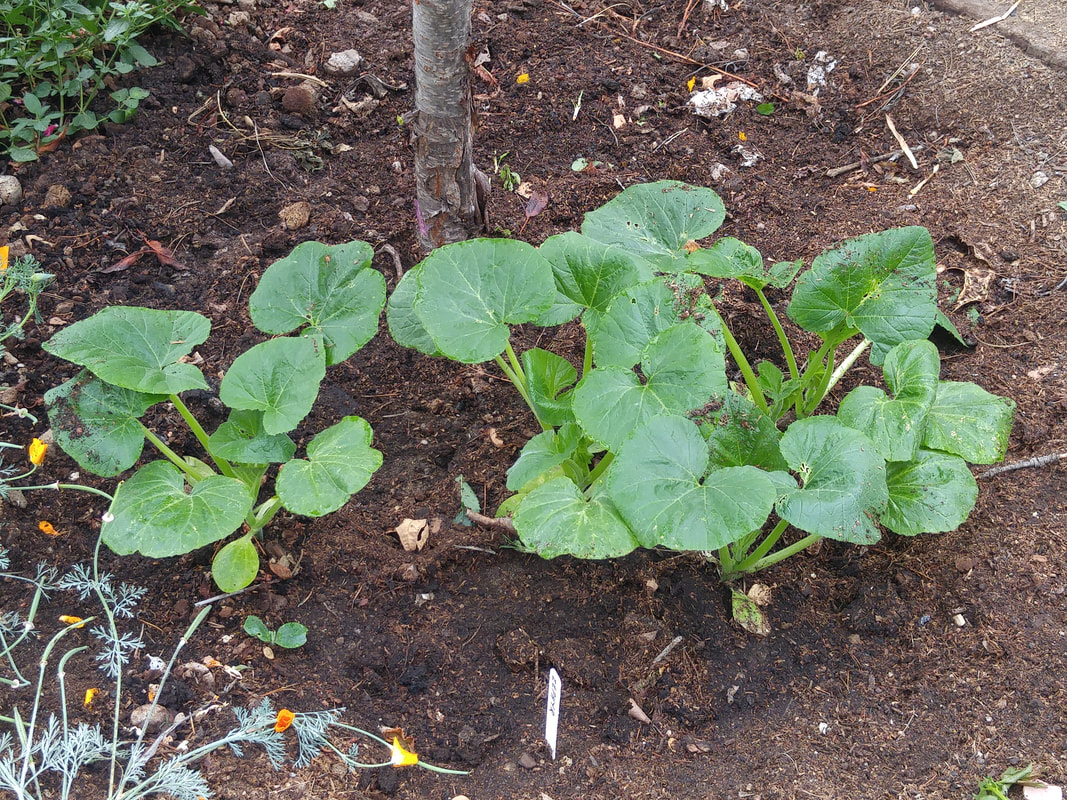
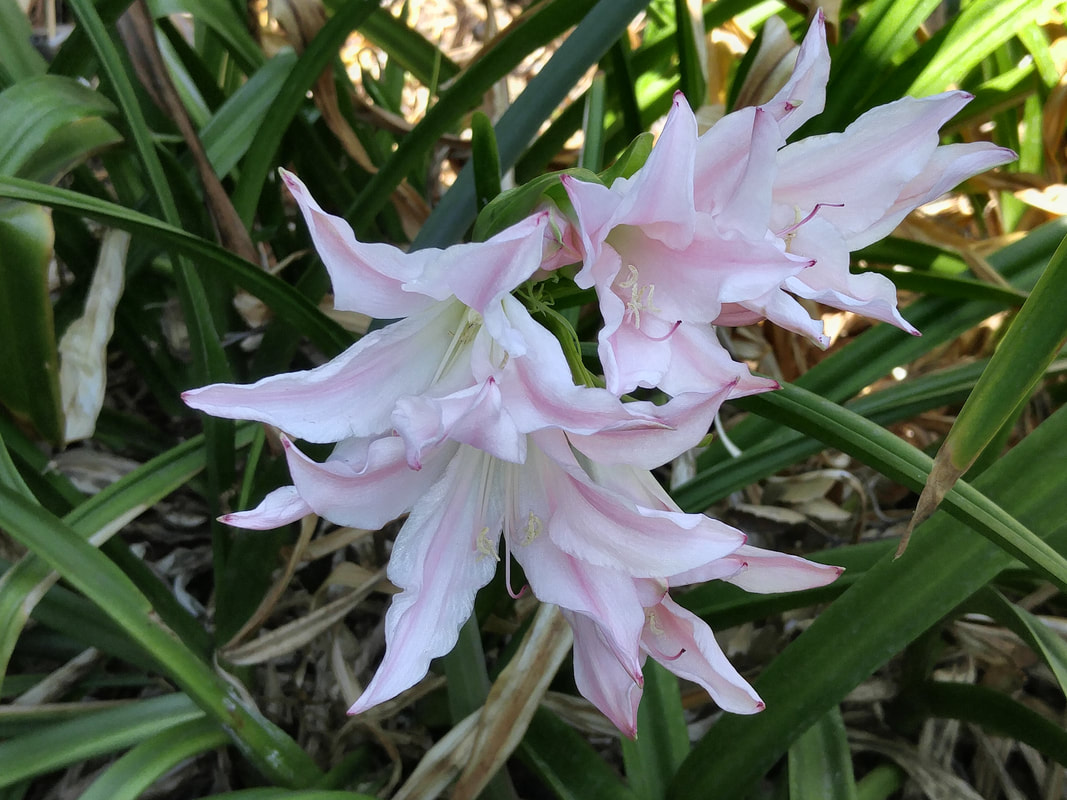
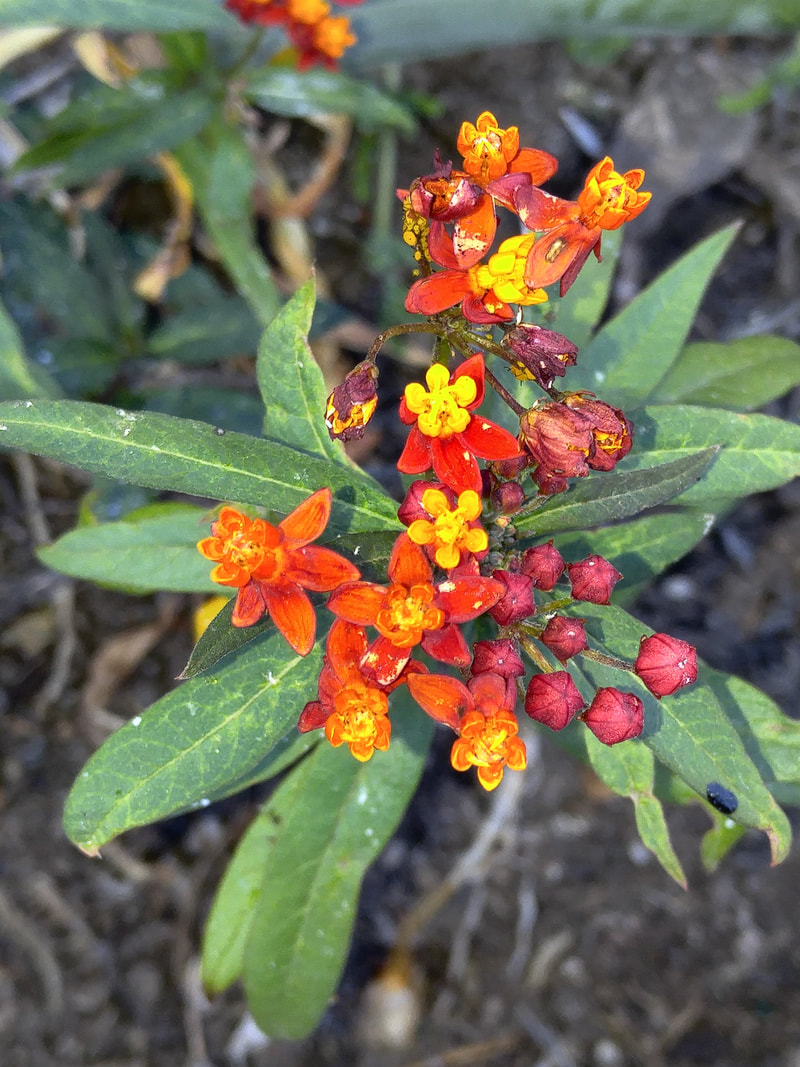
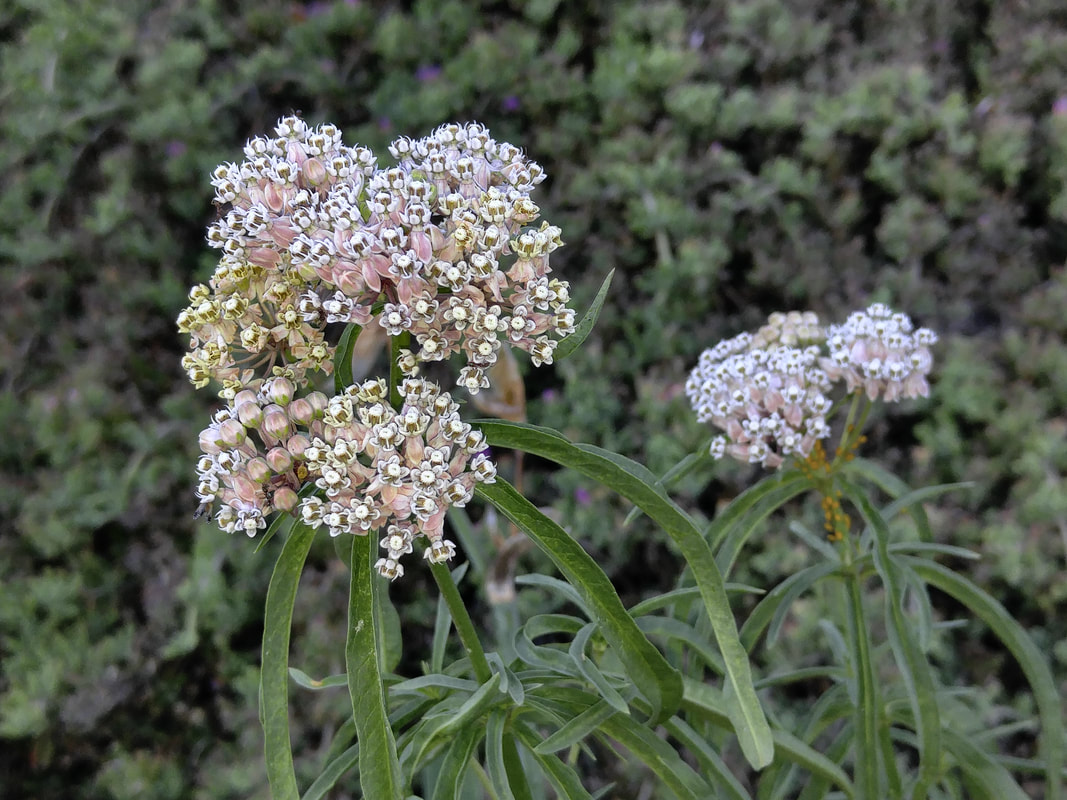
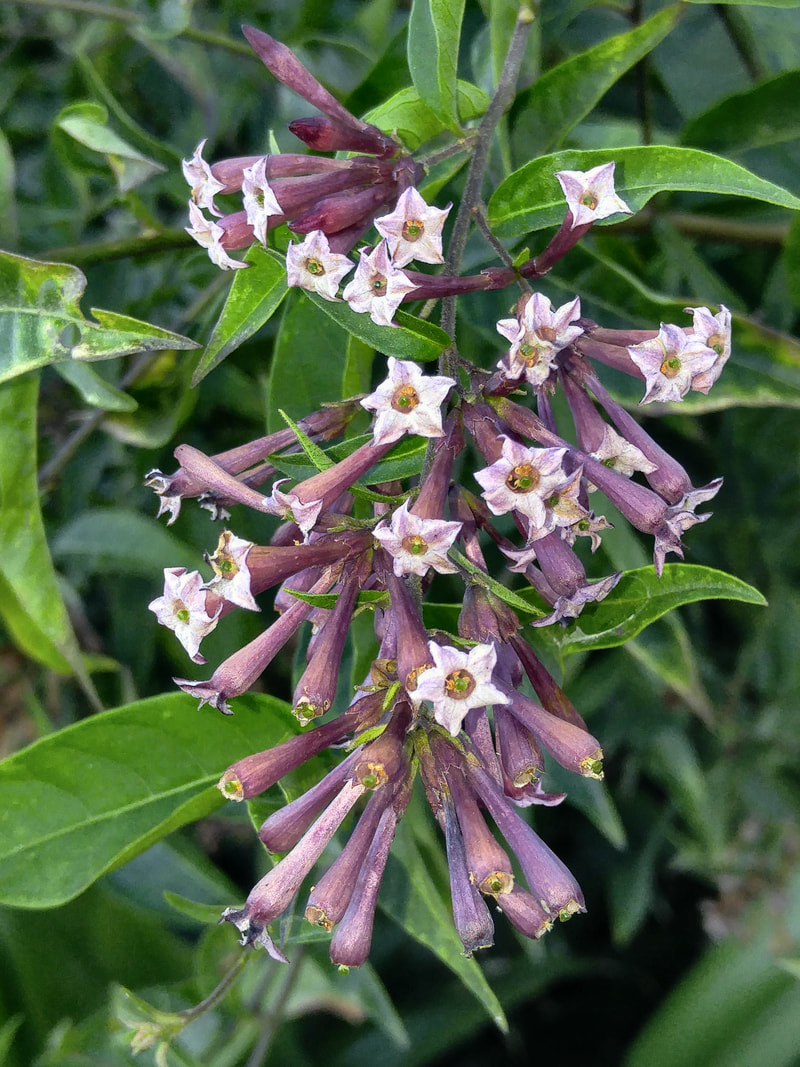

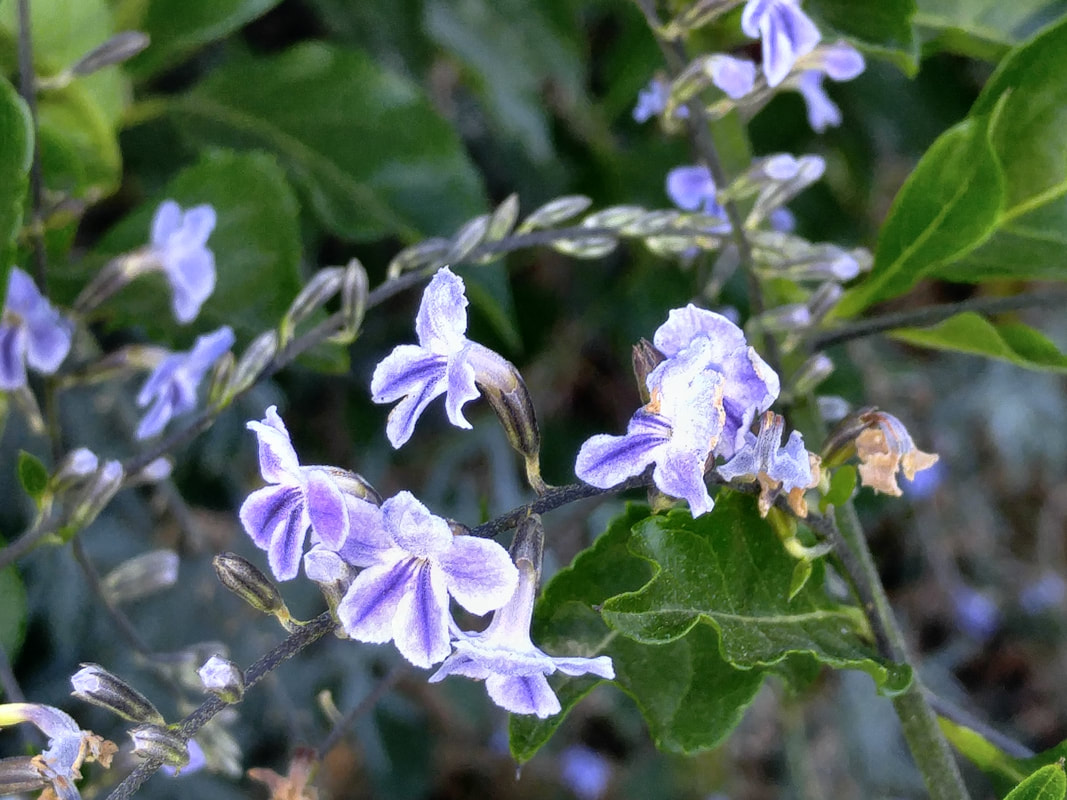
 RSS Feed
RSS Feed